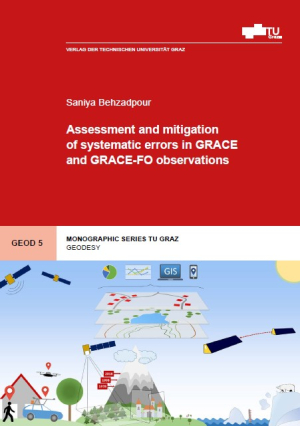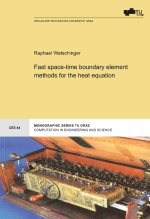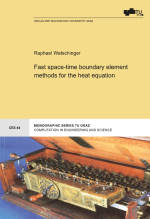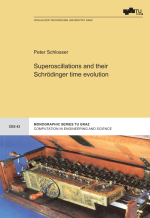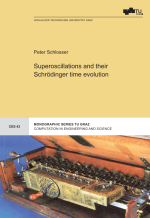The study of temporal variations in the Earth’s gravity field has proven to be one of the main subjects in climate research, providing essential insights into the Earth’s dynamic system. The Gravity Recovery And Climate Experiment (GRACE) and its follow-on (GRACE-FO) mission provide unprecedented track record of the global mass variations, substantially contributing to the understanding of natural processes in hydrology,oceanography, glaciology and other divisions of geophysics. The research presented in this dissertation contributes to the ongoing effort of the geodetic community to improve the accuracy of temporal gravity field models derived from GRACE and GRACE-FO. The results of this research advances the state-of-the-art processing chain of ITSG-Grace2018, which has been computed at Graz University of Technology.
The main objective of this work is to improve the quality of monthly gravity field solutions by identifying the remaining errors within the processing chain and investigate alternative approaches which fully incorporates the characteristics of these errors. For this purpose, the conducted research is focused on three main subjects: Post-fit range rate residual analysis to identify remaining instrumental error sources, modeling identified systematic errors, and improving the single accelerometer methodology.
The analysis of post-fit residuals shows the advantage of applying a wavelet transform to identify the un-modelled instrumental errors. To reduce these errors from the observations, a parametric model is developed and implemented within the gravity field recovery process. The proposed parametric model mitigate the impact of these errors on the observations and improves the estimates of gravity field parameters.
The last subject addresses the main challenge within the GRACE-FO gravity field recovery, which is the reduced performance of one of the on-board accelerometers and replacing its measurements with synthesized data. Here, a novel approach to recover this data by incorporating non-gravitational force models is proposed. This allows for the computation of an alternative accelerometer data product, which significantly improves the overall accuracy of the gravity fields. Overall, this research highlights the efforts in detecting and resolving the remaining instrumental errors in GRACE and GRACE-FO processing. The findings of this study not
only help to improve the current gravity field solutions, but also provide a foundation that is highly valuable for future gravity field missions.

